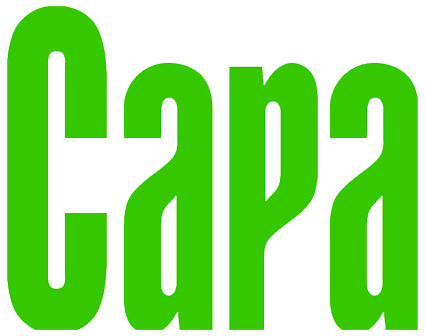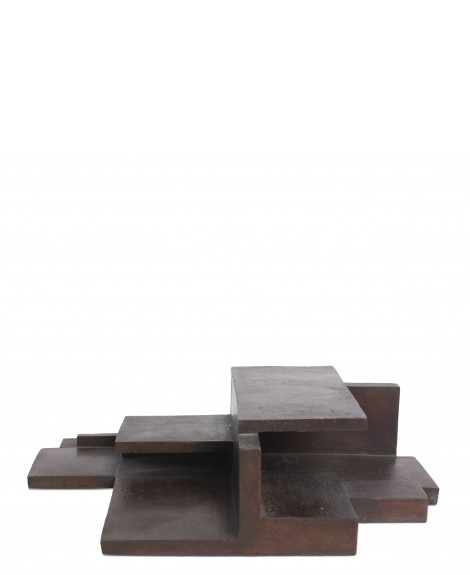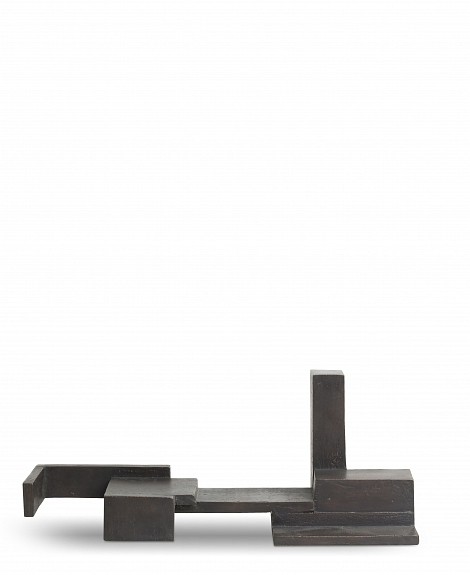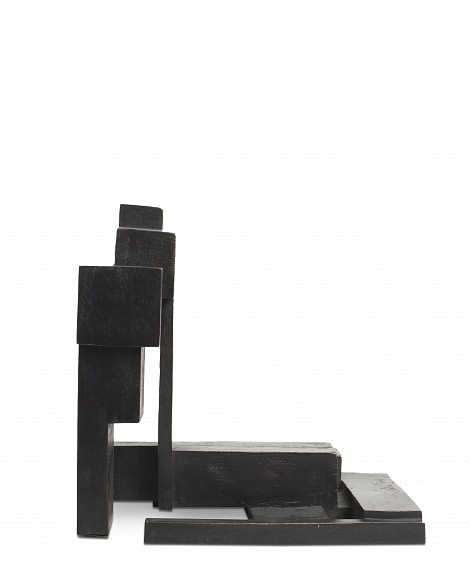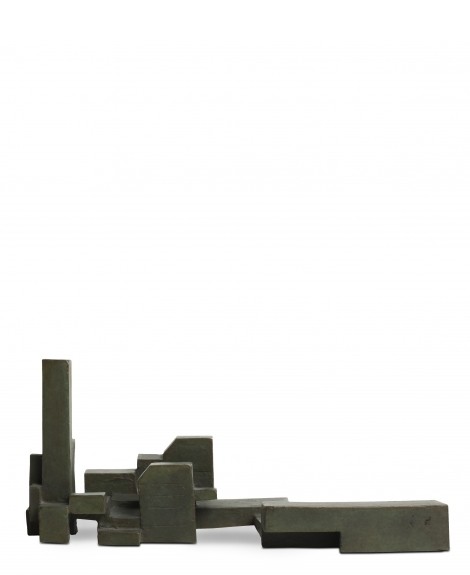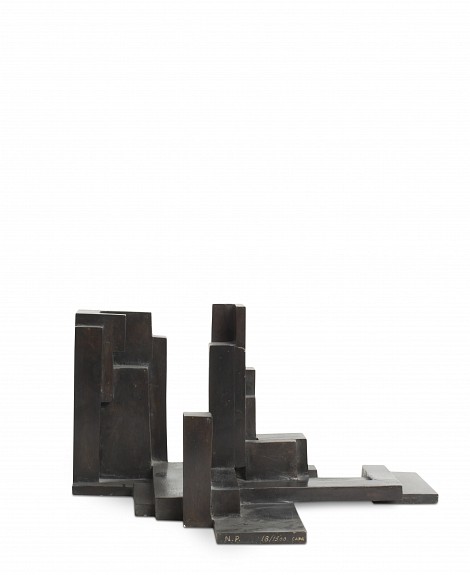Destroyed cities, unreachable places that are difficult to pinpoint on a map. The memory of a river, of a stroll. Entering through poorly lit passageways, to crossing the city before encountering the intense blue sky. Fragments of stone that were once inhabited, now simply stones dispersed through the immeasurable vastness of the desert.
Constructing from the geometry that lies within nature. The study of mineralogy helps discover the regularity of the crystalline matter upon which the internal order of the structure is founded.
In the XVIII century, Haüy proposed the discontinuous shape of crystals. A set of geometric particles called constituent molecules will serve as the bricks of the crystal building. In 1801, he experimented with calcium exfoliation, discovering that all fragments participated in the same geometric manner. The rhombohedrons obtained would maintain their properties until it came to the last one, which would be the centre of exfoliation. The fact of spatial planning through a crystalline network helped him built various shapes by stacking the fragments resulting from exfoliation. The cubic crystals are made up of small cubes with which he could shape new crystalline structures.
Natalia Pintado Casas. Madrid, November 1997.
Surrounded by volumes, geometry and creative streams is how Natalia Pintado began to forge a career based on continuous experimentation and the transformation of ideas and objects into inspiration and works of art. At times, the shapes and designs she makes allude to architectural models, something with which she has explicitly worked and that is intrinsic to her, handed down by her father, an architect.
After a trip to Morocco, the artist recalls having imagined one of Italo Calvino's invisible cities "in bronze". In light of this, Zora, Ottavia, Ciudad Telaraña or Isaura, Ciudad de los Mil Pozos allow the observer to access this area of the artist's mind, to share the space with her and to gain further insight into what she wants to convey. Afterwards, the observer is given free rein to visualise their own meanings of each city.
Multidisciplinary and innovative, she does not try to fit in or pigeon hole herself into one of three key disciplines of her artistic repertoire: ceramics, painting and sculpture. She thinks of her studio in Madrid as a box –a container for creation–, a recurring vision of how she defines her work: "I build to offload ideas; this is my way of being present in the world", she says. As such, she creates and destroys, and repeats and produces variations, which provide a certain air of musicality to the majority of her sculptural and painting work.
2008. Invierno 08 [Winter '08]. Capa Esculturas. Madrid.
Estampa [Print]. Salón Internacional del Grabado y la Edición de Arte Contemporáneo [International Printmaking and Contemporary Art Fair]. Capa Esculturas. Madrid.
Paralelo 08 [Parallel 08] Capa Esculturas. Madrid.
AAF London Spring Edition. Capa Esculturas.
2007. Estampa [Print]. Salón Internacional del Grabado y la Edición de Arte Contemporáneo [International Printmaking and Contemporary Art Fair]. Capa Esculturas. Madrid.
Bridge Art Fair. Jorge Alcolea–Capa Esculturas. London, United Kingdom.
Plutón no es un planeta enano [Pluto is not a dwarf planet]. Mad is Mad Gallery, Madrid.
2006. Mad is Mad Gallery. Madrid.
Estampa [Print]. Salón Internacional del Grabado y la Edición de Arte Contemporáneo [International Printmaking and Contemporary Art Fair]. Capa Esculturas. Madrid.
De la Escultura a la Arquitectura [From Sculpture to Architecture]. Caja de San Fernando de Sevilla y Jerez.
2004. III Festival Edición Madrid [III Madrid Editing Festival]. Edificio Cariátides. Madrid.
IV Bienal Internacional del Baloncesto en Bellas Artes [International Biennial of Basketball in Fine Arts]. Alcobendas, Madrid.
2003. 100 Obras para Galicia [100 Pieces for Galicia]. Círculo de Bellas Artes, Madrid.
Estampa [Print]. Salón Internacional del Grabado y la Edición de Arte Contemporáneo [International Printmaking and Contemporary Art Fair]. Capa Esculturas. Madrid.
2002. Lineart International Art Fair, Ghent 2002. Capa Esculturas.
2001. Capa Esculturas inauguration. Brussels, Belgium
1997. Inclusion in Capa Esculturas. Madrid.
Estampa [Print]. Salón Internacional del Grabado y la Edición de Arte Contemporáneo [International Printmaking and Contemporary Art Fair]. Galería Arte 10-Capa Esculturas. Madrid.
1996. III National Printmaking Competition. Caja de Madrid.
1995. IV Rosa Pardo Photography Contest. Organisation for Ibero-American States. Madrid.
1993. Villa de Madrid Awards. Cuartel Conde Duque. Madrid.
1991. Jóvenes Creadores de Artes Plásticas [Young Creators of Visual Arts]. Centro Galileo. Madrid.
2007. Spanish Ministry of Culture Second Prize for Best Edited Book. La vida de los números [The life of numbers].
1995. Intercampus Scholarship. Institute of Ibero-American Cooperation. University of Caldas. Manizales, Colombia.
1992. First Prize for Ceramics. Spanish Ministry of Agriculture.
1987. First Prize for Ceramics. Autonomous University of Madrid.
1990. Second Prize for Ceramics. City of Alcorcón.
Works by Natalia Pintado Casas
